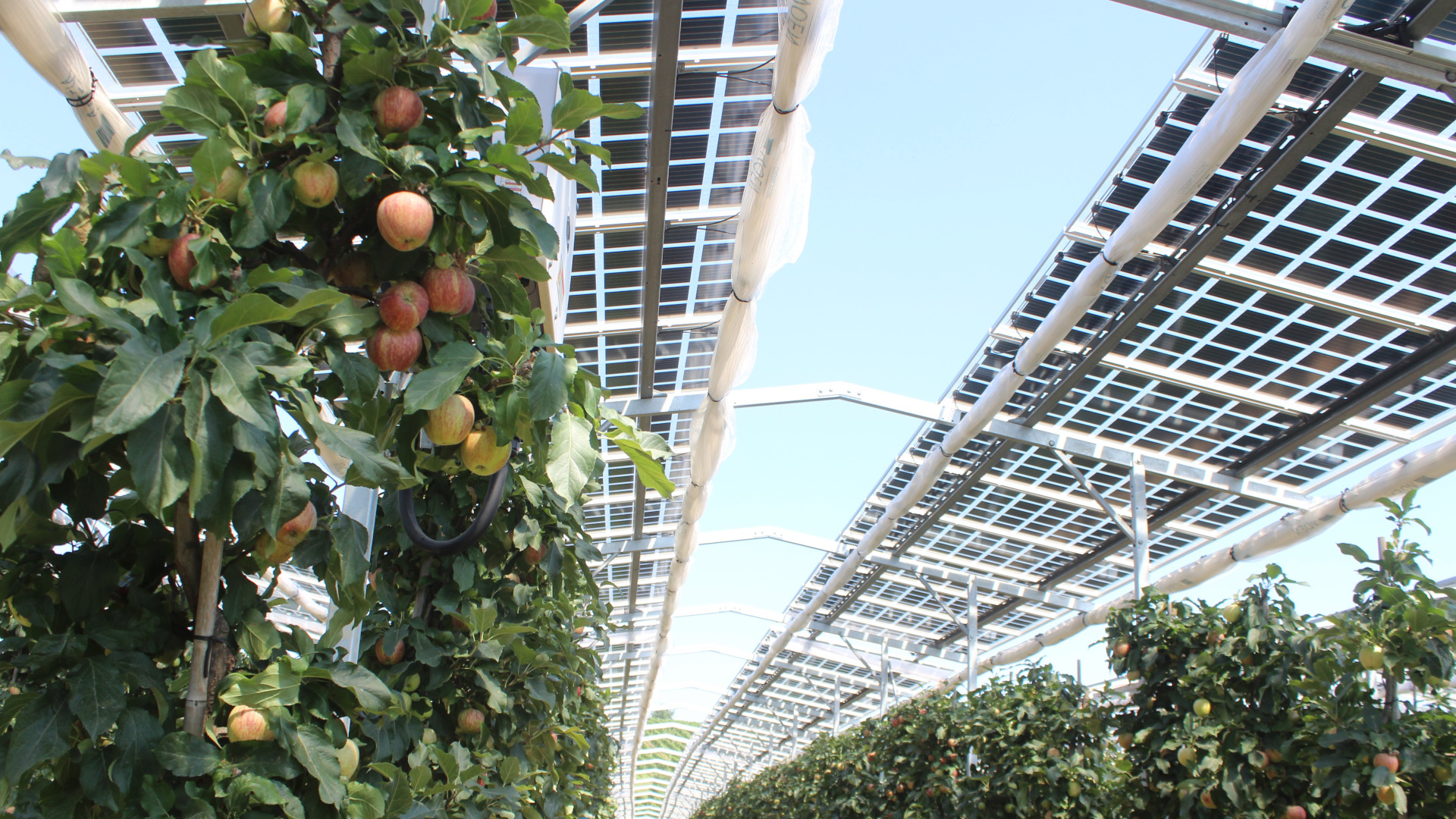Ridding aquacultures of microplastics
A research team at Hof University of Applied Sciences is developing a fully biodegradable growth body for aquaponics to make water treatment more sustainable.

Microplastics are not only found in oceans and inland waters, but also in aquacultures. Consequently, they enter the food chain via fish. One of the reasons for this are so-called growth bodies, which are used in closed pond systems for water treatment. The problem: these filters are made of petroleum-based plastics. Researchers at Hof University of Applied Sciences have come up with an alternative for aquaponics, the joint cultivation of fish and vegetables. In the "BioBioCarrier" project, the team is working with a commercial enterprise from Franconia to develop a completely biodegradable growth medium for biological water treatment.
Growing body made of biodegradable plastic
The growth bodies resemble curlers, on which bacteria settle, which in turn treat the water of the aquacultures and rid it of harmful substances. At the same time, ammonium and nitrite are converted into nitrate, which serves as fertilizer for the plants. This also saves water and protects the environment. The downside is that microplastics are released over time. In addition, recycling the plastic screens is costly. The research team from Hof therefore wants to use biodegradable bioplastics for growing bodies.
Adapt biodegradability in water
"The difficulties of the project lie in the correct selection of the biopolymers and the associated degradability in water. The new growth must not degrade too quickly in freshwater," explains project team member Christin Baumgart. The researchers therefore want to combine different polymers and generate new properties so that the biodegradability in water can be adapted. In the project, which has been running since April 2021, the team can already show promising initial results. But there are still some hurdles to overcome before the product is ready for the market. One challenge is the selection of bioplastics. Their use in aquaponics systems requires that they are not only biobased and biodegradable, but also not harmful to health. In addition, the materials must be equally suitable for fish and plants.
Combine decomposition of the biofilter with fertilizer release
Another focus is on biodegradability, because the substances should decompose within a specified time frame. The researchers want to use this slow decomposition of the growth bodies to establish an automatic fertilization of the plants. "Our idea is to combine the biodegradation of the product with the release of the substances needed by the plants. Consequently, this would reduce labor time and improve profitability," explains project leader Harvey Harbach. When the growth bodies decompose, important nutrients that plants need for growth should be released. The "BioBioCarrier" project is being funded until 2023 by the German Federal Ministry for Economic Affairs and Energy as part of the Central Innovation Program for SMEs (ZIM).
bb


